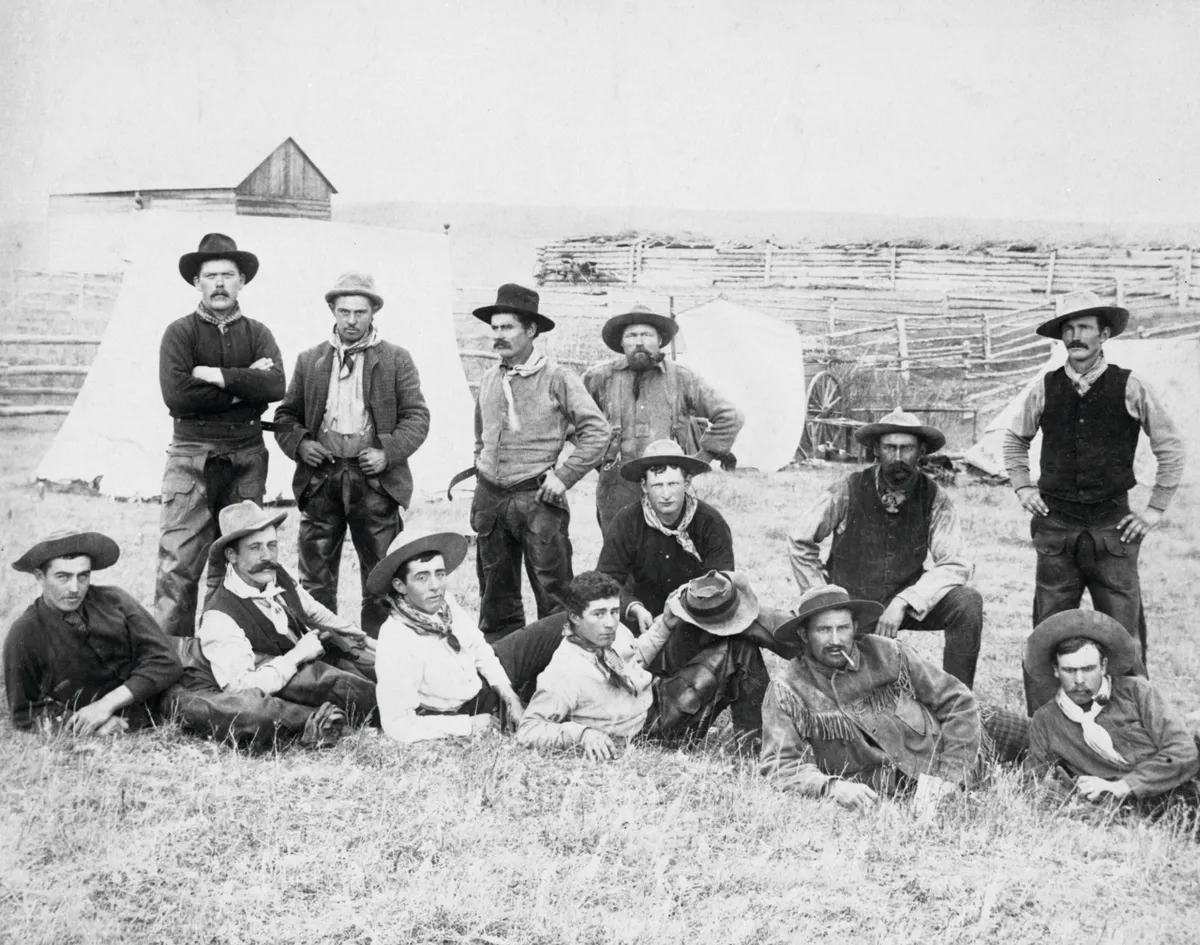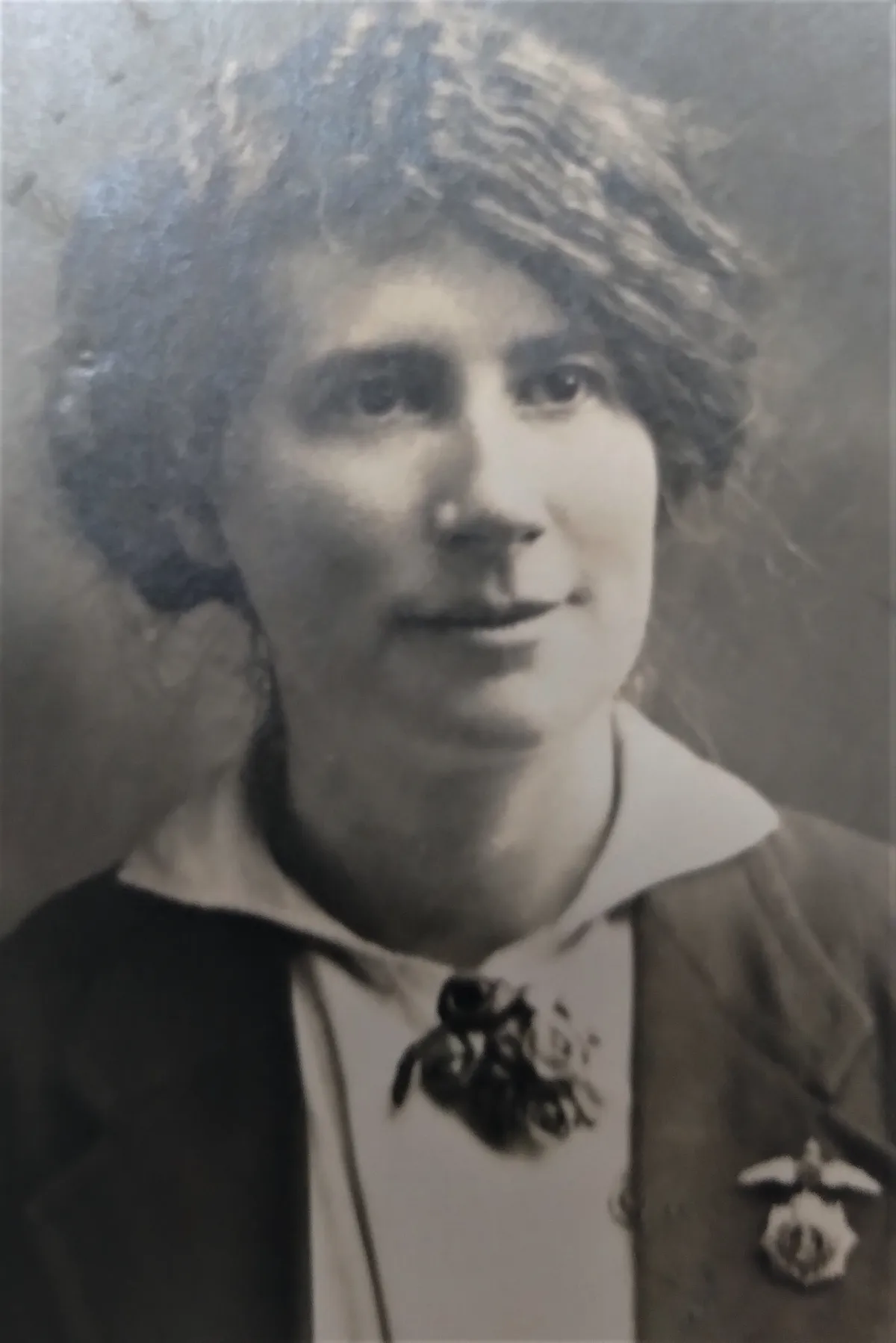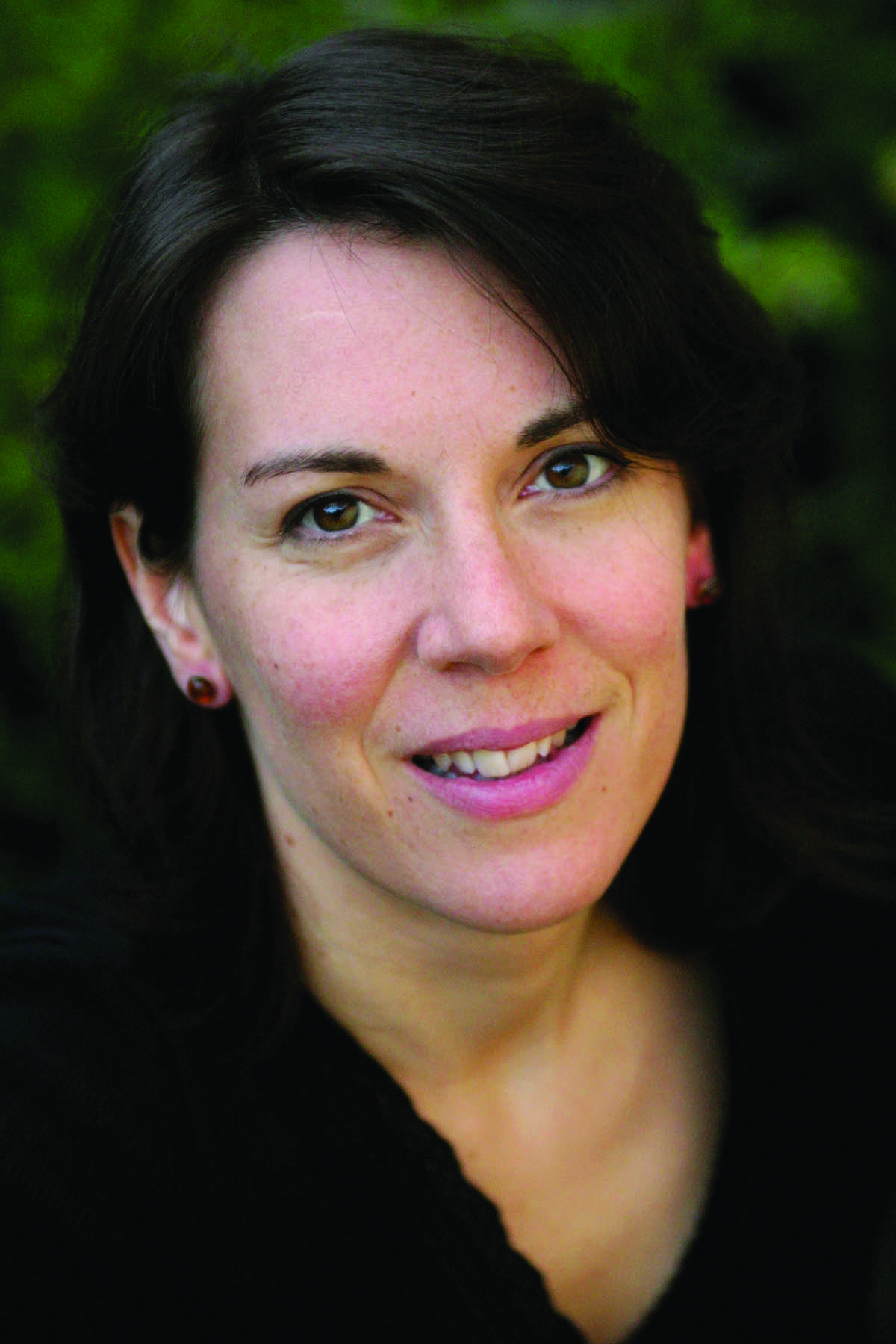We like to think the best of our ancestors, but not all of the discoveries that we make are pleasant ones. In The Match Girl and the Heiress, US historian Seth Koven writes, “The diaries and letters of three lower-middle-class women, Ruth Slate, Eva Slawson and Minna Simmons, record in painful, graphic detail how Stanley James preached from his pulpit ‘the religion of love which must reunite all’, while… [having] sex with some of them.”
The Stanley James in question was the grandfather of journalist Robert Nurden. Stanley detailed his life in two autobiographies, but did not mention any affairs. The discovery of this passage marked a turning point during Robert’s research for his own book Between Heaven and Earth: A Journey With My Grandfather, spurring him on to track down primary sources that revealed the truth about Koven’s claim.
Robert had always wanted to find out more about his grandfather. “Stanley wrote nine books, and had an amazing life story. Within religious circles he was well known. He was friends with the writer GK Chesterton, and worked with the philosopher Bertrand Russell.”
"He was friends with the writer GK Chesterton, and worked with the philosopher Bertrand Russell”
Stanley’s autobiographies The Adventures of a Spiritual Tramp and Becoming a Man paint a romantic picture of his adventures as a cowboy in Canada, a hobo riding the rails in the American West and a progressive preacher in England. But Robert needed the complete picture.
He began his research by heading out to Calgary in Canada – just as Stanley did in 1893. To prepare, Robert visited the website of the Glenbow Western Research Centre and explored its digital collections. “I came across some 1890s pictures of cowboys on a ranch near where Stanley had been staying. One of them was fresh-faced and looked just like him.”
The young man is helping to brand cattle in one photo, and in another is centre stage of a group of cowboys on their horses. “My partner Sue knows horses very well. She took one look and said, ‘He hasn’t a clue how to handle a horse.’ ” When Robert visited Canada he took with him copies of these photos and prints of Stanley taken around the time he emigrated.
Cowboy turned journalist
“While he was a cowboy, Stanley wrote reports for the local paper, the Calgary Herald. I found lots of his articles in the archives when I was over there.”
Robert also sought out the Jumping Pound Ranch where Stanley had worked, and met a rancher called Jim Bateman. The pair realised their grandfathers had worked side by side. “Jim had a photograph from 1893 that was part of the same set as the two I had. He pointed to the fresh-faced cowboy in his picture and said, ‘That’s your grandfather.’ ”

Robert pieced together the story behind the photos. “Stanley arrived in Halifax in April 1893 with his brother Norman, who went to work on another farm. I think that the photos were taken in his first week or two at the Jumping Pound Ranch.”
In 1897, Stanley had a change of fortune. One day he delivered his report to the paper in person, and the editor offered him a job as deputy. He jumped at the chance. “In the archives, I found a wonderful supplement he’d masterminded about the Klondike Gold Rush for the paper,” says Robert. But his downfall came just a couple of months later.
“He wrote an exposé about the manipulative recruitment agencies in Canada that lured miners from Britain out to the gold rush by creating false expectations.” Stanley was sacked. Penniless, he walked to Lethbridge, 130 miles away, where Norman ran a general store. “When I was over there, I found the remains of the railway track he’d walked along for 24 hours, too afraid to stop because of the rattlesnakes. It was incredibly moving knowing Stanley had been there.”
"I found the remains of the railway track he’d walked along for 24 hours, too afraid to stop because of the rattlesnakes"
Stanley didn’t stay long though, teaming up with a man travelling to Toronto. “Because neither of them had much money, they made the 2,000-mile journey as hobos, jumping the trains.” They arrived in the city in 1898, just as the Spanish–American War was starting. “Stanley managed to get a commission from a Toronto paper to go and cover the war in Cuba, so he went down to Buffalo in New York State, signed up as a private and went with the American troops to Puerto Rico to fight the Spanish.”
The next chapter of his life saw Stanley return to England, transformed by his experiences of war. “He was injured and in a military hospital for several months. He talks about reading the Bible and having some sort of conversion,” says Robert.
By this time, his father was a Congregational minister in Wimbledon, South-West London. He fell ill and Stanley, though unqualified, took over his duties and was eventually appointed temporary minister. At this point he met Jess, his wife to be, and they were engaged.
Religious conversion
The couple began married life in Teignmouth, Devon, where Stanley had secured his first post as a minister. After five years, in 1906, Stanley was offered a job at Trinity Church in Walthamstow, East London, and the couple moved back to the south-east. This was a fruitful period for Stanley. He became involved in the Labour Party and the peace movement, and began the religious experimentation that would see him convert to Catholicism in 1923. “He wrote thousands of articles and became a leading Catholic writer.”
Robert’s book was shaping up to be a very rounded life story of a fascinating man, but then he came across Koven’s claim that Stanley had slept with some of his female congregants. Koven’s evidence included a primary source: a letter written by Minna Simmons, a young woman who clearly had had an affair with Stanley. She wrote: “We went into the front room alone and he kissed me… He pleaded with me dear to give him everything a woman can give a man. I told him I was sure we should regret it… Well dear, I did. The tears I have shed have quite washed away any wrong I did.”

The letter featured in Dear Girl: The Diaries and Letters of Two Working Women, 1897–1917 by feminist writer Tierl Thompson. Through family links, she had access to hundreds of secret diaries and letters written by three friends – Ruth Slate, Eva Slawson and Minna – who had attended Stanley’s church. Inspired by the material, she put together the book and wrote a play, as well as getting Minna’s letter published in The Virago Book of Love Letters.
This collection is now held in the Women’s Library at the London School of Economics (LSE). “I went to the LSE and spent three weeks going through 10 boxes of absolutely fascinating documents,” says Robert. “I extracted material about Stanley from them, including nine handwritten love letters from him to Ruth. Seeing them was one of the most extraordinary experiences of my life.”
Stanley had indeed had an affair and liaisons with members of his congregation. He and Eva had fallen in love too, but their relationship remained platonic.
One account in Eva’s diary reads: “I enjoyed the girls group this evening. Mr James looked in upon me and his daughters including little Kitty were with us.” “That was my mother aged seven,” says Robert. “It was very moving to read the description.”

Could Jess have been aware of Stanley’s dalliances? Robert isn’t sure. “Minna seemed to have known Jess quite well. She was a nurse, and helped with the kids. She was working with my grandmother even as she was sleeping with her husband.”
So how does Robert’s version of Stanley compare with the portrayal in his autobiographies? “He was a searcher after truth, a very spiritual man, but also a social reformer. I suspected that he was a complex and multidimensional character before I started the research, and I found this to be true.”
But there was another side to the story. “Stanley was wrapped up in himself. His thoughts and ideas came first, and people second. In raising their seven children and all that she put up with, the real hero is Jess.”
Do you have a family history story to share with Who Do You Think You Are? Magazine? Email wdytyaeditorial@ourmedia.co.uk for your chance to appear in our magazine!
